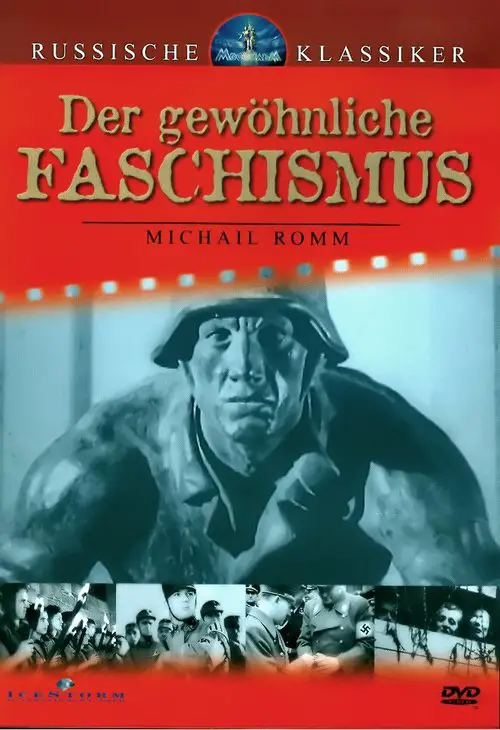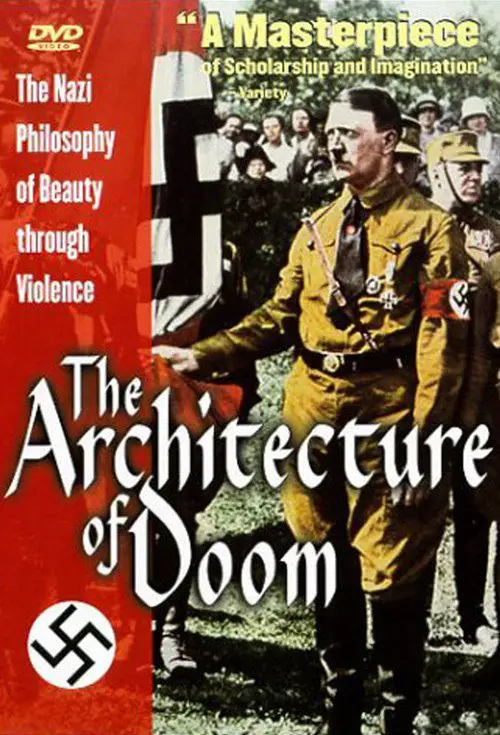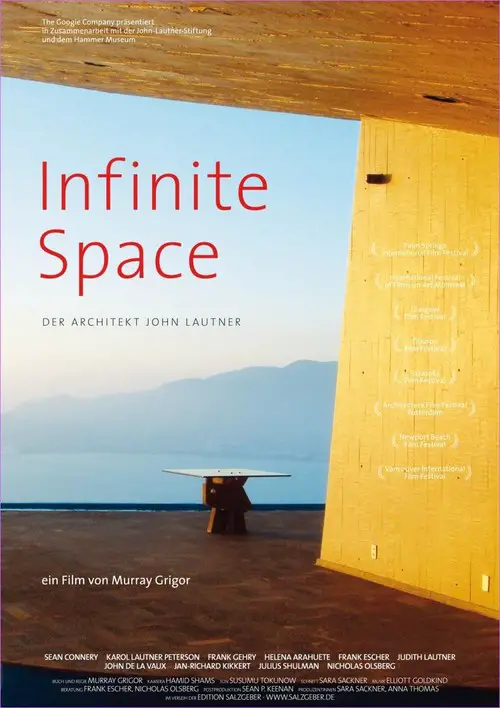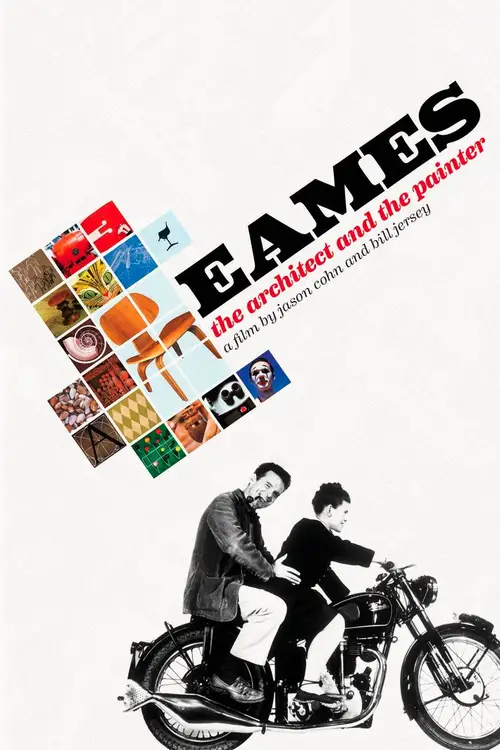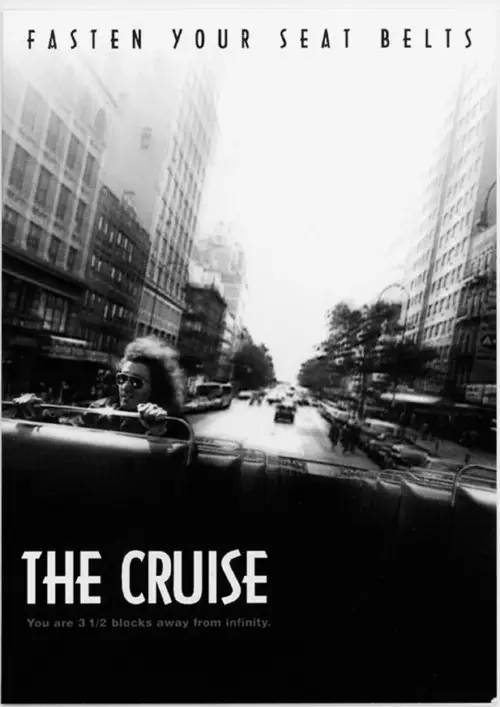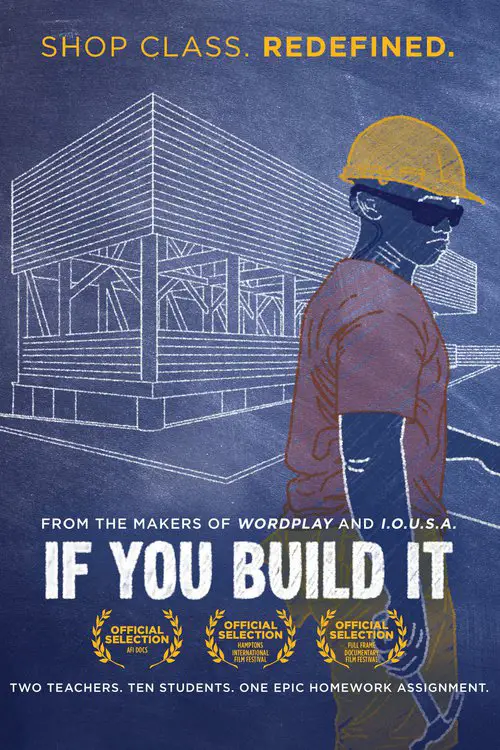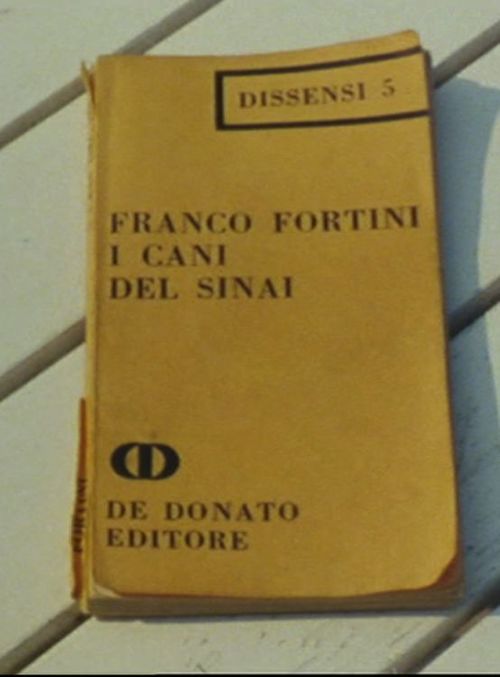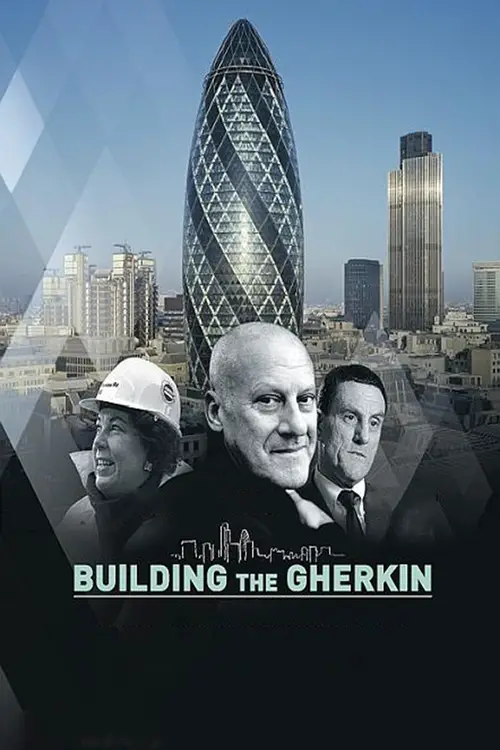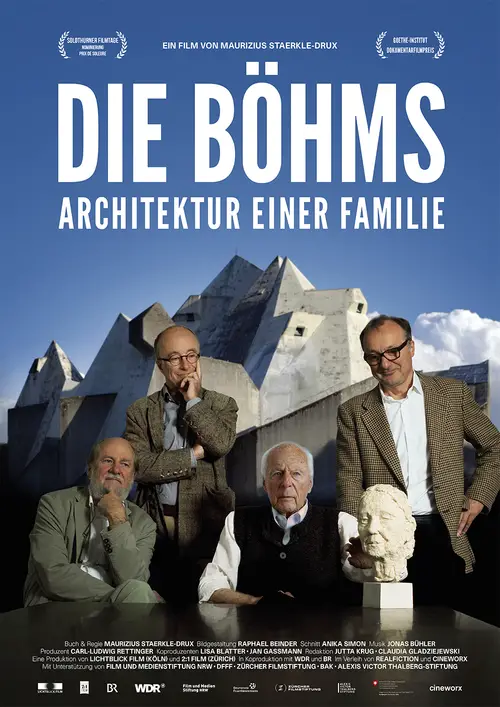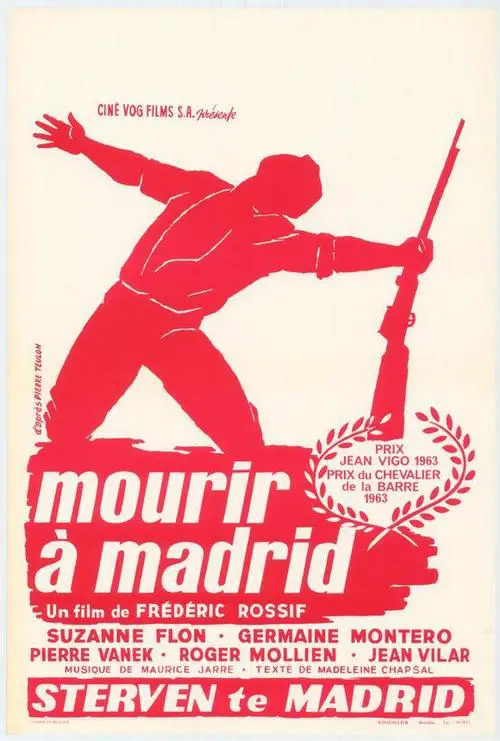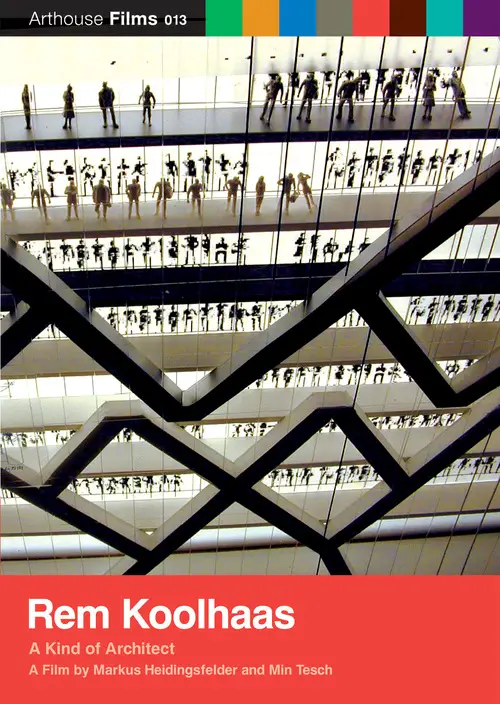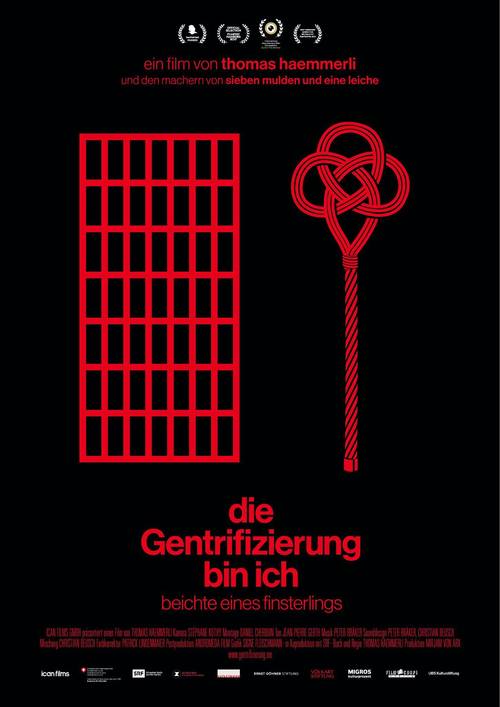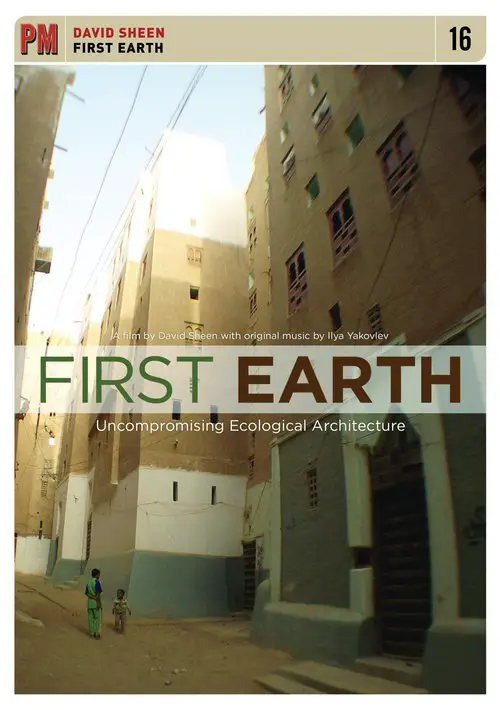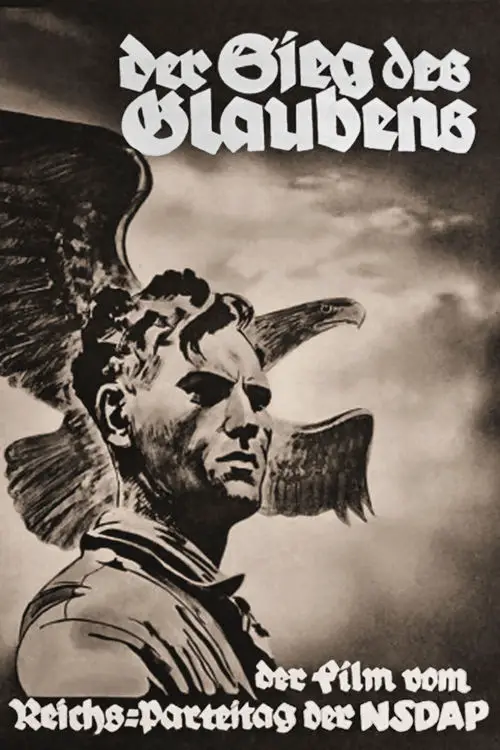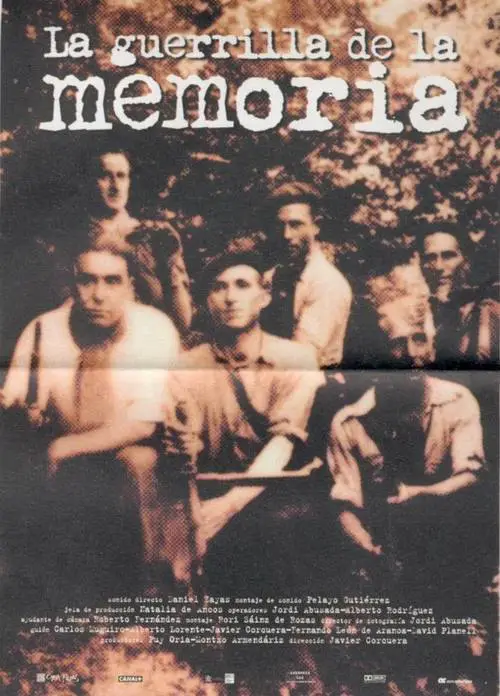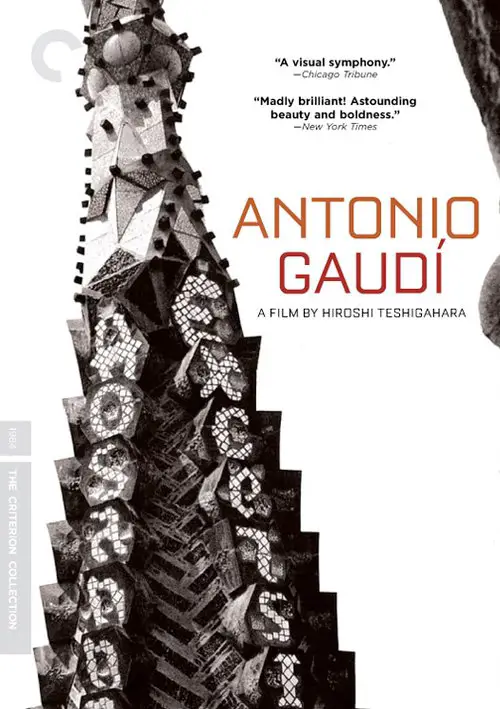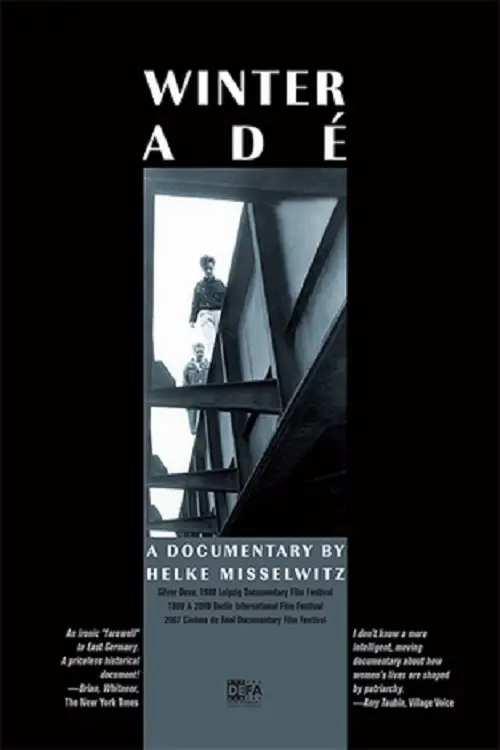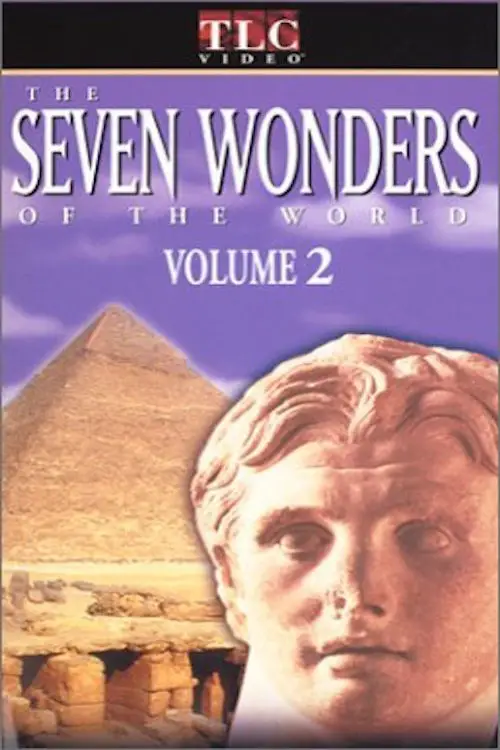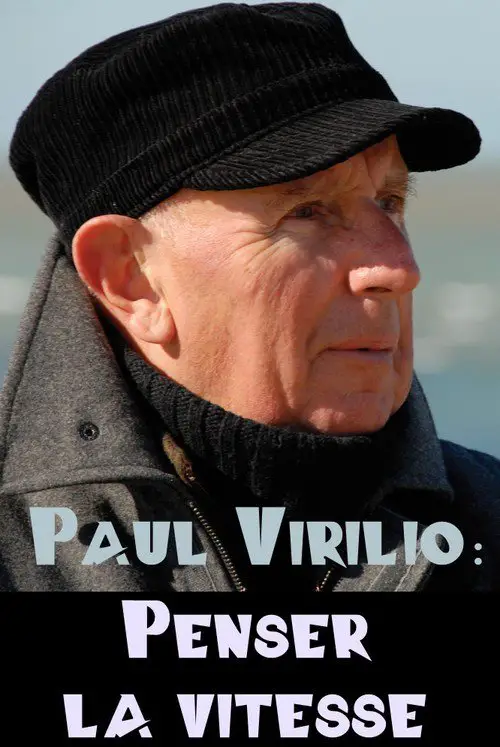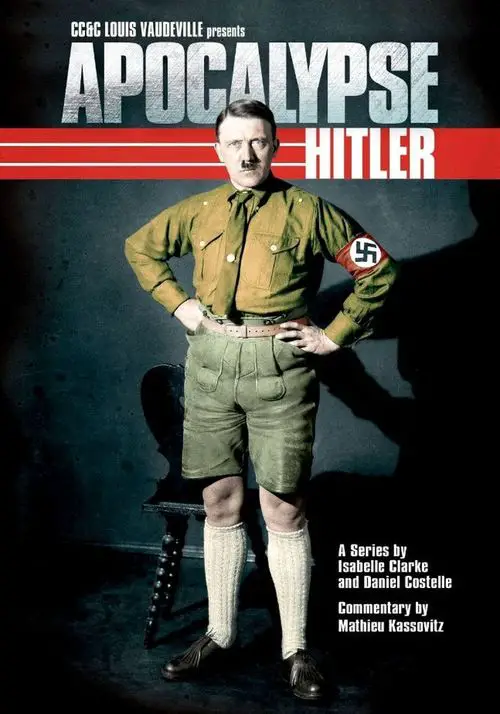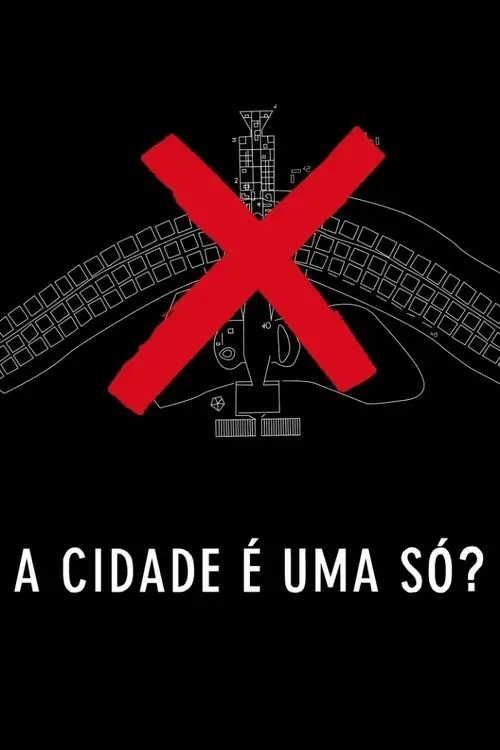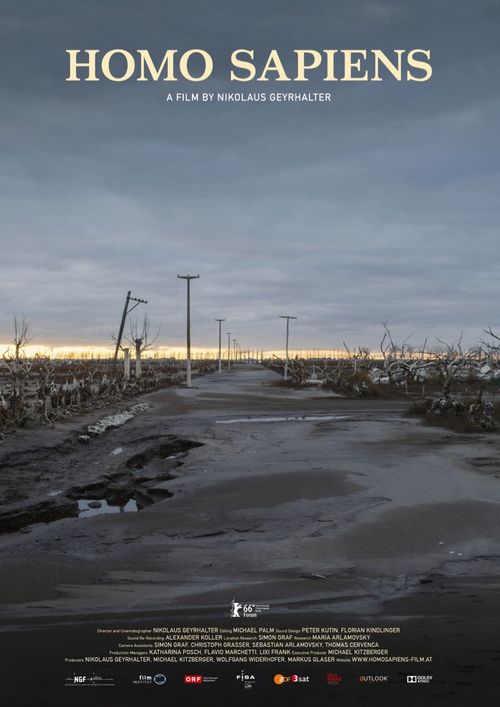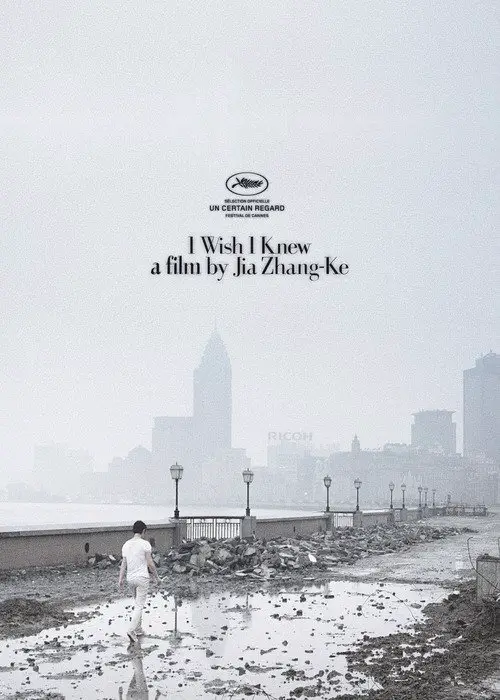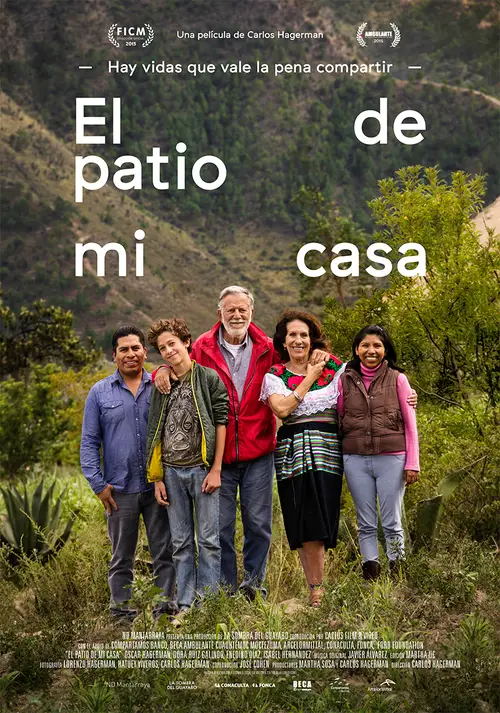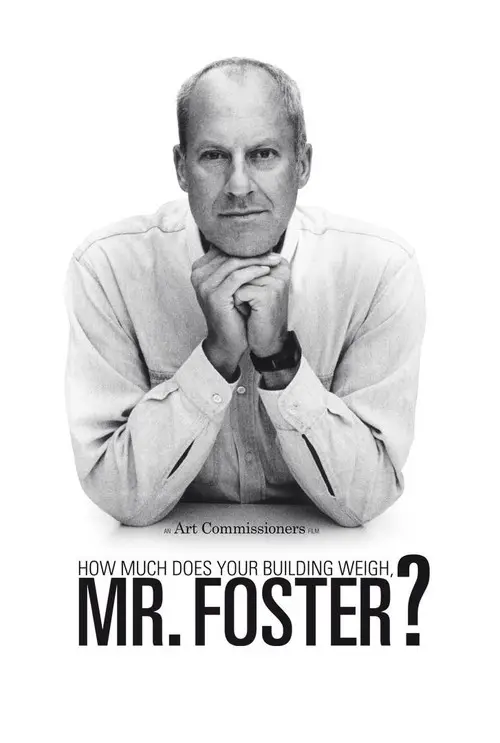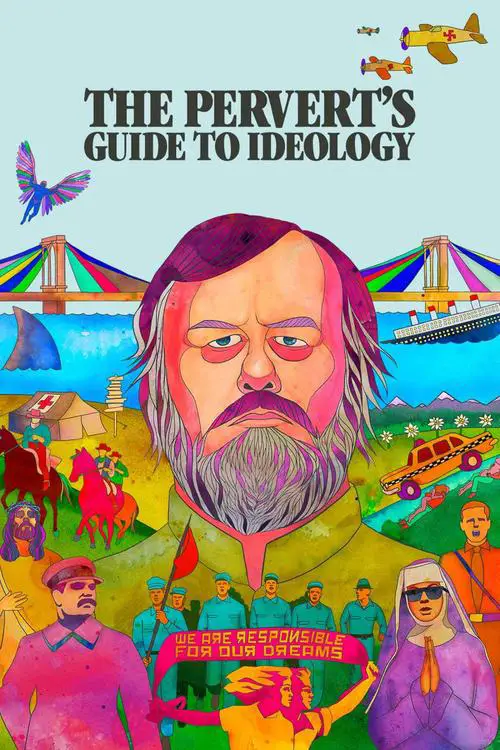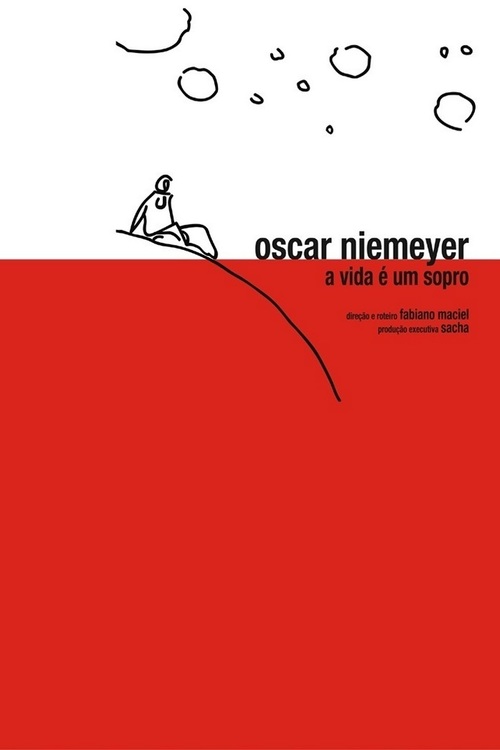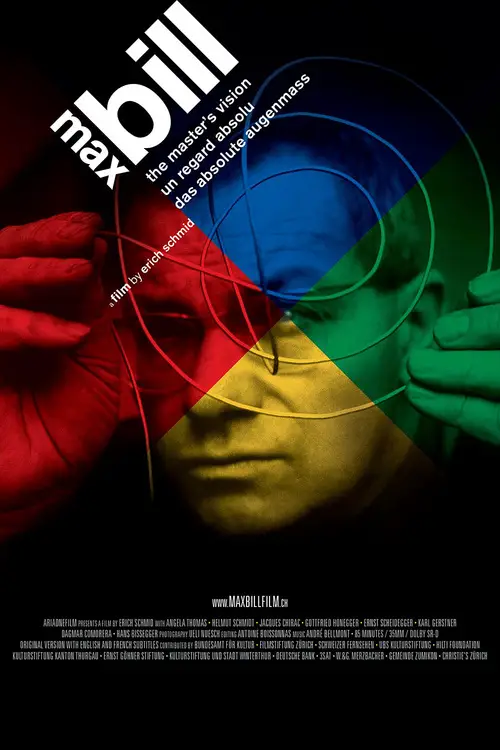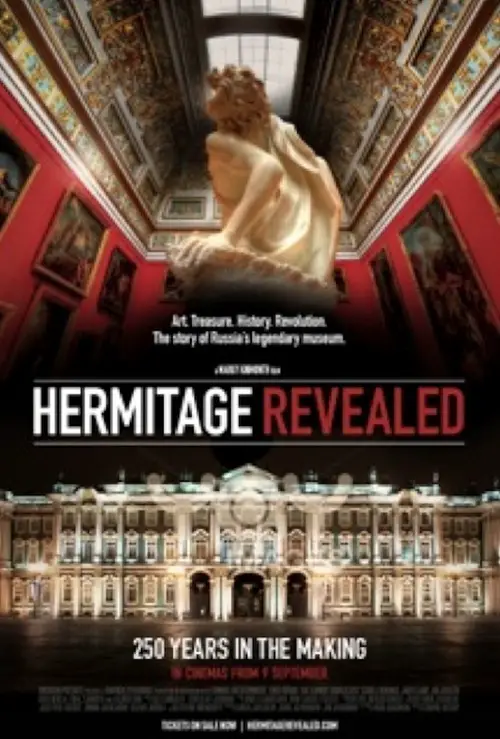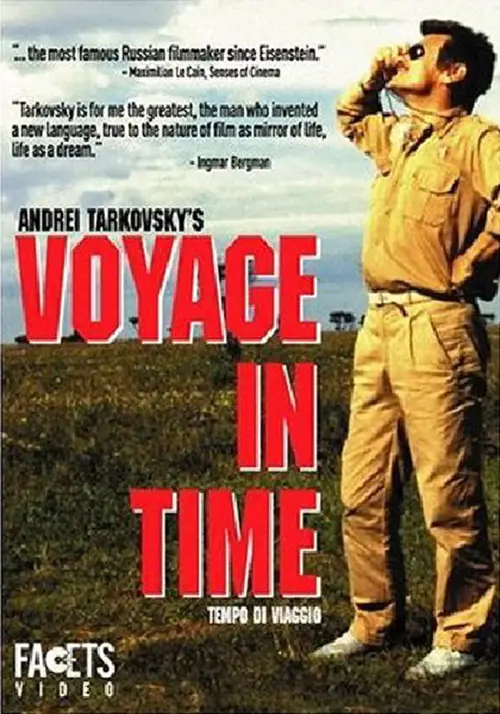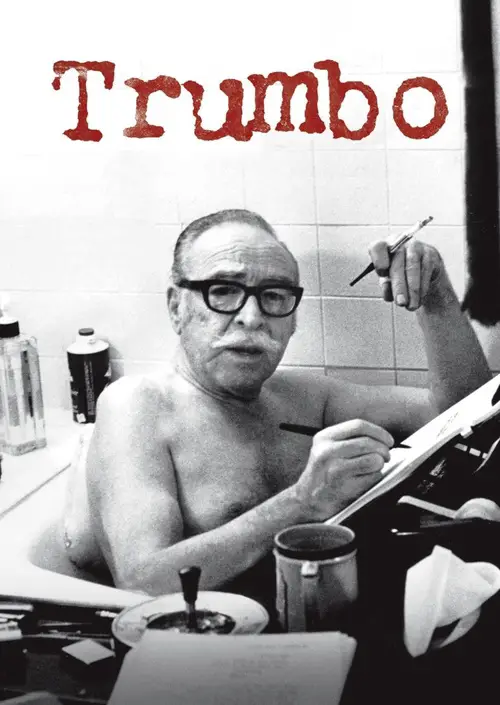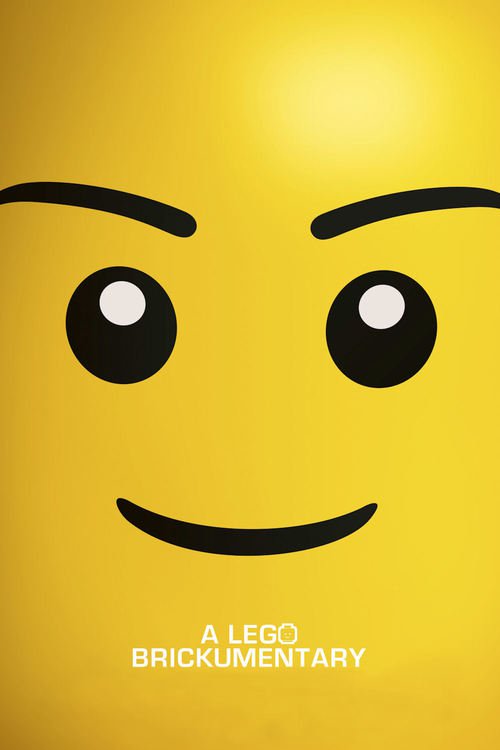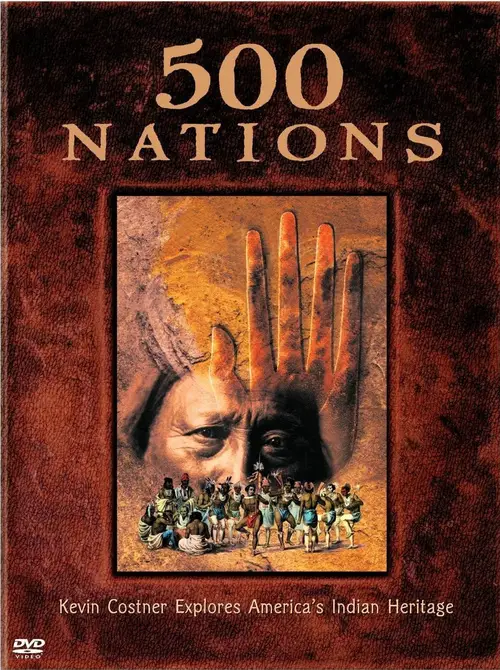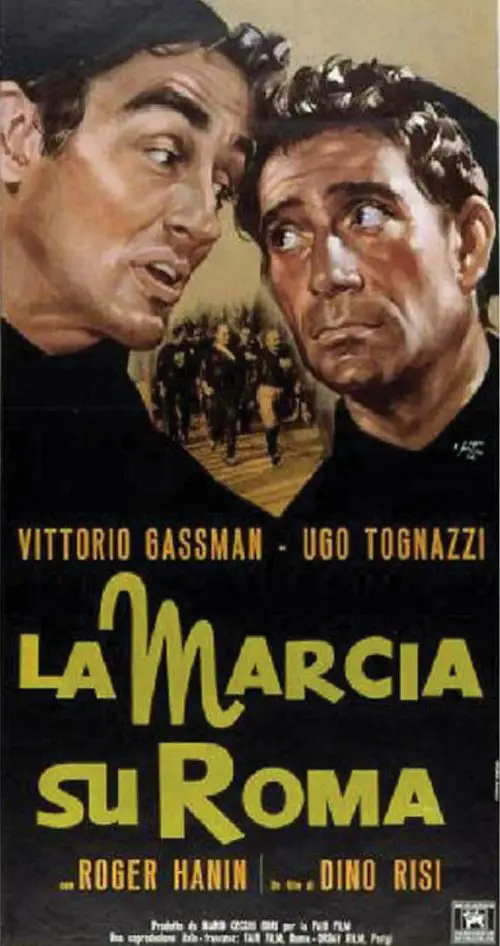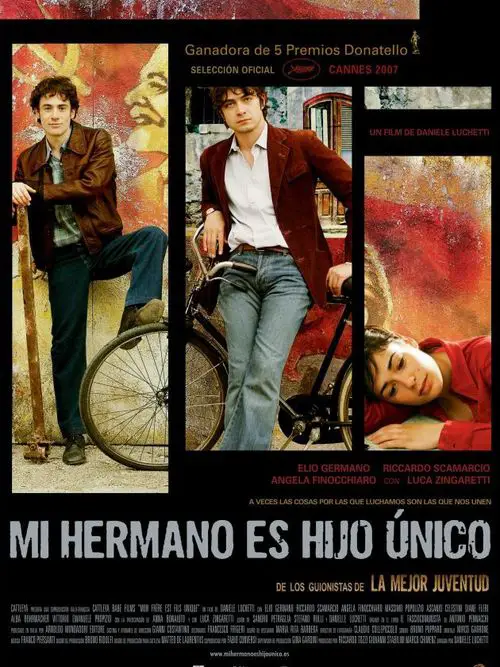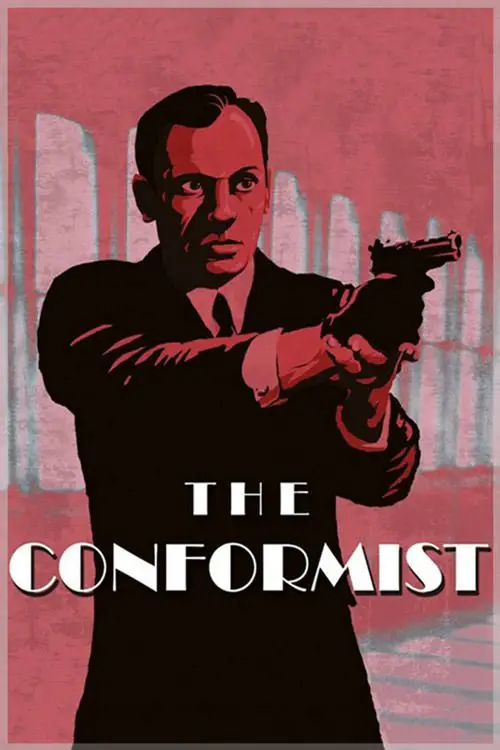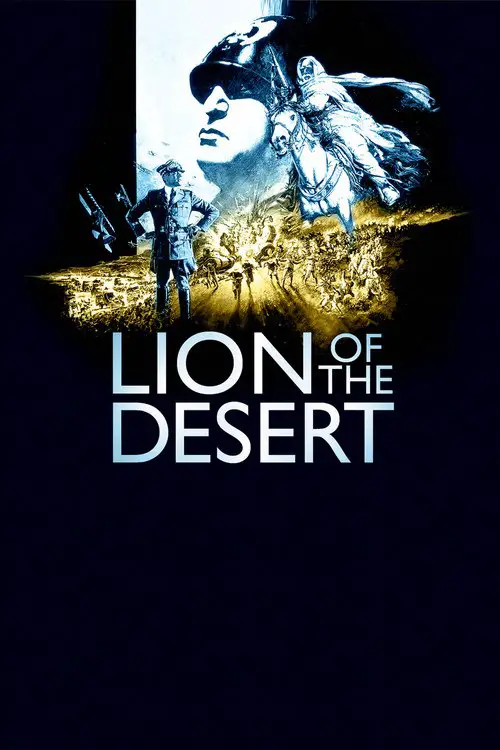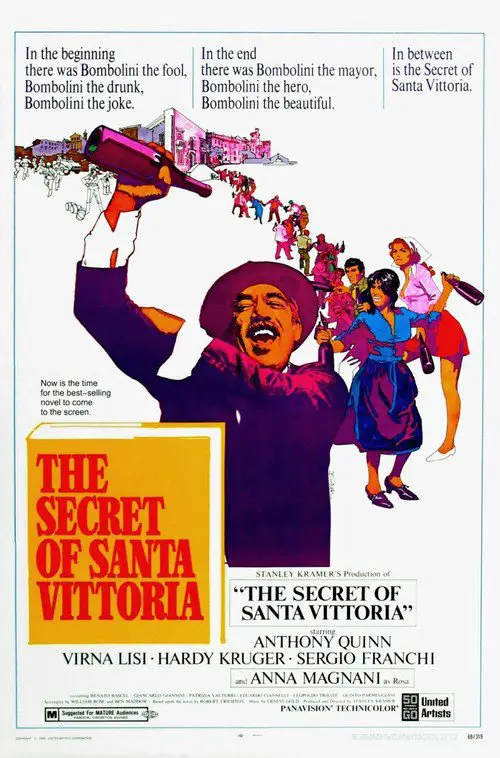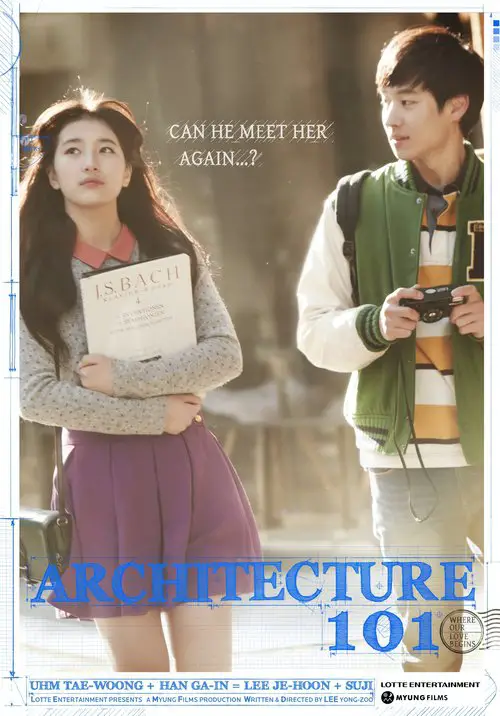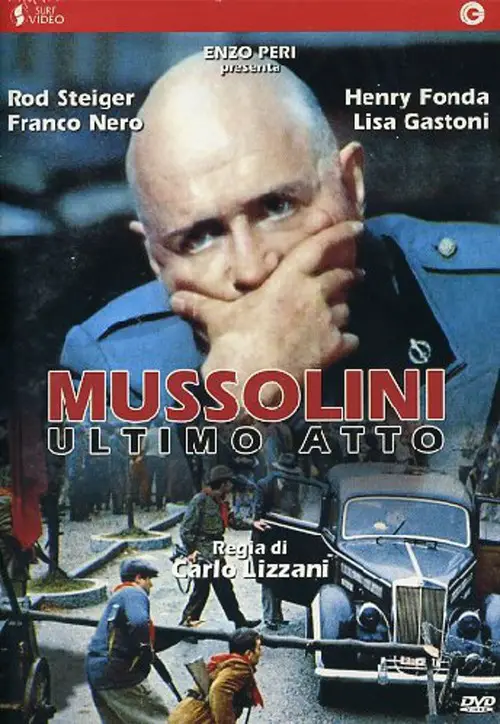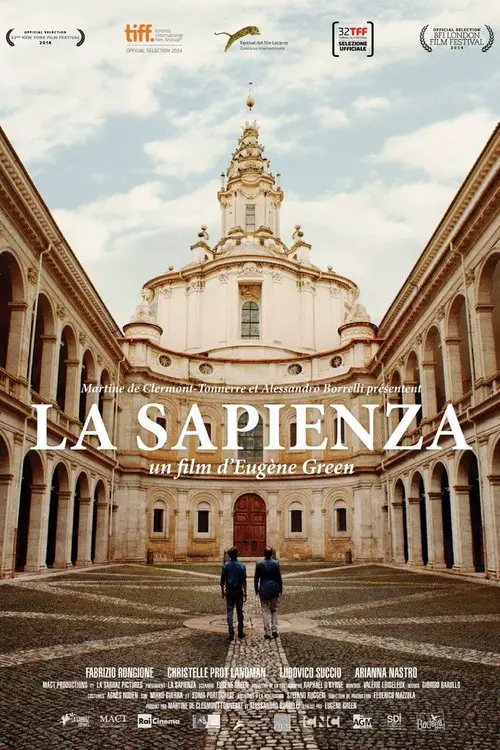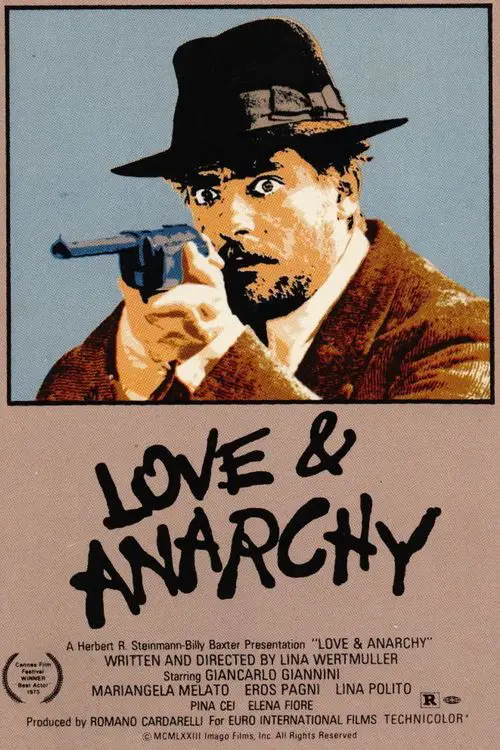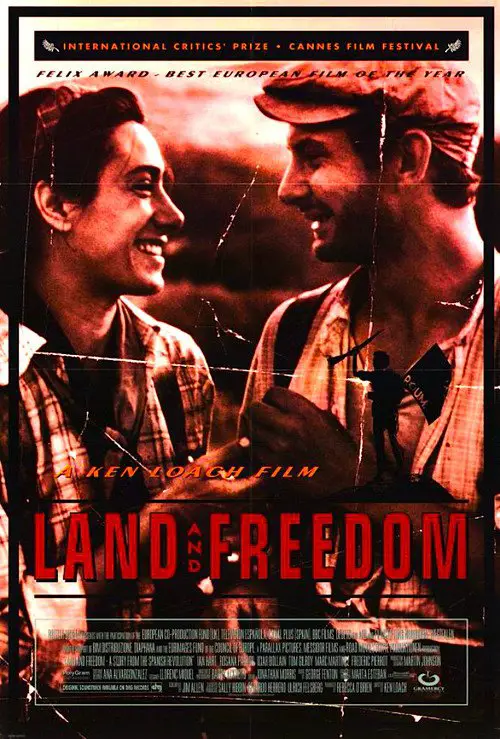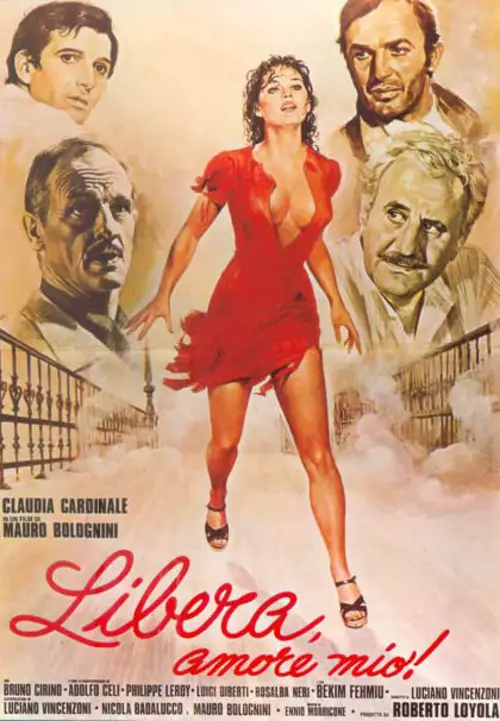Ben Building: Mussolini, Monuments and Modernism (2016)
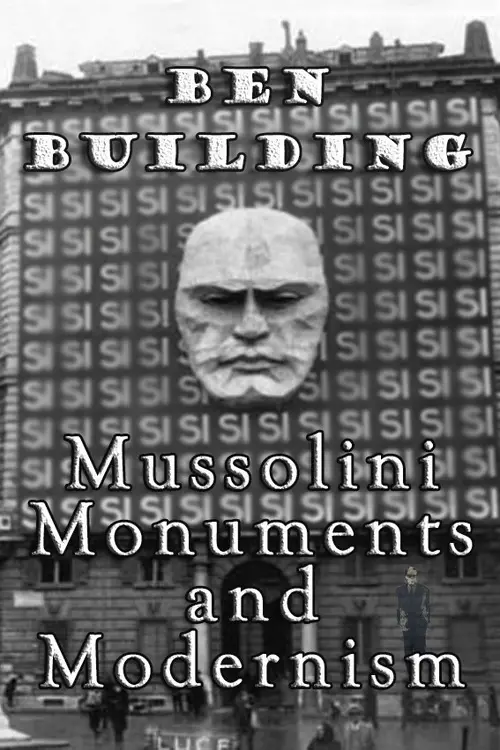
Similar movies
Explores the making of Charles Chaplin's first "talkie" Diktatorn (1940) and draws many things that between Chaplin and Hitler had in common. The film contains colour home movie footage of the film's production which where shot by Charles' brother Sydney. These never before seen films were discovered by his daughter Victoria while looking though an old suitcase she found in the basement. The raw footage gives us an alternate insight to Chaplin's classic film which started production years before Adolf Hitler was seen as a major threat in the western world.
Romm's "Ordinary Fascism" pulls out all the stops in its selection of documentary material to draw the viewer not only into absolute horror about fascism and nazism in the 1920s-1940s Europe, but also to a firmest of convictions that nothing of the sort should be allowed to happen again anywhere in the world.
This is a documentary about an honest search for the truth about the Federal Reserve Bank and the legality of the Internal Revenue System. Through extensive interviews with recognised experts and authority, the director shows an astonishing revelation of how the Federal Government and the Bankers have fooled the American public by taking thier wages and putting it in the pockets of the super-rich.
Featuring never-before-seen film footage of Adolf Hitler and the Nazi regime, The Architecture of Doom captures the inner workings of the Third Reich and illuminates the Nazi aesthetic in art, architecture and popular culture. From Nazi party rallies to the final days inside Hitler's bunker, this sensational film shows how Adolf Hitler rose from being a failed artist to creating a world of ponderous kitsch and horrifying terror. Hitler worshipped ancient Rome and Greece, and dreamed of a new Golden Age of classical art and monumental architecture, populated by beautiful, patriotic Aryans. Degenerated artists and inferior races had no place in his lurid fantasy. As this riveting film shows, the Nazis went from banning the art of modernists like Picasso to forced euthanasia of the retarded and sick, and finally to the persecution of homosexuals and the extermination of the Jews.
The husband-and-wife team of Charles and Ray Eames were America's most influential and important industrial designers. Admired for their creations and fascinating as individuals, they have risen to iconic status in American culture. 'Eames: The Architect & The Painter' draws from a treasure trove of archival material, as well as new interviews with friends, colleague, and experts to capture the personal story of Charles and Ray while placing them firmly in the context of their fascinating times.
Affectionate portrait of Tim "Speed" Levitch, a tour guide for Manhattan's Gray Line double-decker buses. He talks fast, is in love with the city, and dispenses historical facts, architectural analysis, and philosophical musings in equal measures. He's reflective and funny about cruising: he loves it, got in it to meet women, and he'd quit work if he could. His personal life is disclosed in small
Visual Acoustics celebrates the life and career of Julius Shulman, the world's greatest architectural photographer, whose images brought modern architecture to the American mainstream. Shulman, who passed away this year, captured the work of nearly every modern and progressive architect since the 1930s including Frank Lloyd Wright, Richard Neutra, John Lautner and Frank Gehry. His images epitomized the singular beauty of Southern California's modernist movement and brought its iconic structures to the attention of the general public. This unique film is both a testament to the evolution of modern architecture and a joyful portrait of the magnetic, whip-smart gentleman who chronicled it with his unforgettable images.
A year in the life of one of America's most innovative classrooms where students design & build to transform their hometown community. The film follows Emily Pilloton and Matt Miller as they teach the fundamentals of design, architecture and construction to a class of high school juniors in rural North Carolina.
In a country where bella figura is a national pastime, Prime Minister Silvio Berlusconi is the maestro of media manipulation. Having risen to political primacy with the aid of his Mediaset empire, he now controls 90% of the bel paeseâs television channels including the state-run RAI network. Quantity, it seems, does not equal quality. Fed on a diet of semi-naked dancing girls, inane competitions and rickety reality shows built around the most ridiculous of premises, is it any wonder that Italians are becoming a nation of fame-hungry wannabes?
The film is a sort of presentation of Franco Fortini's book 'I Cani del Sinai'. Fortini, an Italian Jew, reads excerpts from the book about his alienation from Judaism and from the social relations around him, the rise of Fascism in Italy, the anti-Arab attitude of European culture. The images, mostly a series of Italian landscape shots, provide a backdrop that highlights the meaning of the text. - Fabrizio Sabidussi
Can a single building impact the career of an architect, the image of a global company and even the skyline of a big city? Just a month and a day after the disastrous attack on the World Trade Center in New York, the first steel beam of a new tower is erected in London. One question is on everybodyâs mind: is it the right decision to build a new iconic tower in the midst of Londonâs financial district, on a site that has already been bombed before? The 40-storey steel and glass tower sparks further controversy. Norman Foster, one of Britainâs most visionary architects, calls his design for the new Swiss Re London headquarters âradial â socially, technically, architecturally and spatiallyâ. In fact, its size and shape are so radical that it is almost immediately nicknamed âthe erotic gherkinâ. Will the Gherkin become the landmark they all dream of?
CONCRETE LOVE is the first and only documentary about one of Germany's preeminent architects, Gottfried Boehm. Being the only German laureate of the prestigious Chicago based Pritzker Price for Architecture, he is also the patriarch of an architecture dynasty to which his sons Stephan, Peter und Paul belong. But with the death of his wife Elisabeth, a key source of inspiration for all four Boehms, the family loses its emotional lodestone. The film paints an intimate and pointed portrait of the complexity and inseparability of love, art and architecture.
Morir en Madrid brings together several papers on the Spanish Civil War and integrates capturing different points of view, intended to represent the continuity of the suffering of the Spanish during the Franco regime. The death of Federico Garcia Lorca, Guernica, the defense of Madrid, the International Brigades, are some of the items comprised in this document.
Rarely has an architect caused as much sensation outside of the architecture community as Rem Koolhaas. His outstanding creations such as the Dutch Embassy in Berlin, the Seattle Library, the Casa da Musica concert hall in Porto, and the Guggenheim Heritage Museum in Las Vegas are working examples of the Dutchman's visionary theories about architecture and urban society. "Rem Koolhaas: A Kind of Architect" is an engaging portrait of a visionary man, which takes us to the heart of his ideas. The filmmakers have made a visually inventive thought provoking portrait of the architect, prompting Rem Koolhaas to state "it's the only film about me that I have liked."
Is the city of Zurich suffering from âdensity stressâ? What is it like to live in mega cities such as São Paulo, Mexico City and Tiflis? Filmmaker Thomas Haemmerli broaches the topics of city development, architecture, density, housing market, xenophobia and gentrification from an autobiographical perspective. The path of his life has led him from a childhood in the villa district of Zürichberg, through his teenage years as squatter to flat shares, yuppie apartments and finally second homes in various cities. Only recently having become a dad, he plans to further enhance Zurichâs price appreciation by purchasing a huge, extended city apartment⦠This multifaceted essay not only humorously questions the filmmakerâs decisions, but also those of the right-wing conservatives, who are afraid of losing their space to immigrants, and the political left, who fail to embrace modern-age architecture.
FIRST EARTH is a documentary about the movement towards a massive paradigm shift for shelter - building healthy houses in the old ways, out of the very earth itself, and living together like in the old days, by recreating villages. An audiovisual manifesto filmed over the course of 4 years and 4 continents, FIRST EARTH makes the case that earthen homes are the healthiest housing in the world; and that since it still takes a village to raise a healthy child, it is incumbent upon us to transform our suburban sprawl into eco-villages, a new North American dream.
Der Sieg des Glaubens (English: Victory of Faith) (1933) is the first documentary film directed by Leni Riefenstahl, who was hired despite opposition from Nazi officials that resented employing a woman â and a non-Party member too. Her film recounts the Fifth Party Rally of the Nazi Party, which occurred in Nuremberg from 30 August to 3 September 1933.
In the week when Hindus celebrate the holy festival of Diwali, this documentary tells the story of one of their faith's most sacred symbols - the swastika. For many, the swastika has become a symbol synonymous with the Nazis and fascism. But this film reveals the fascinating and complex history of an emblem that is, in fact, a religious symbol, with a sacred past. For the almost one billion Hindus around the world, the swastika lies at the heart of religious practices and beliefs, as an emblem of benevolence, luck and good fortune.
Catalan architect Antonio Gaudà (1852 - 1926) designed some of the world s most astonishing buildings, interiors, and parks; Japanese director Hiroshi Teshigahara constructed some of the most aesthetically audacious films of the second half of the twentieth century. Here, their artistry melds in a unique, enthralling cinematic experience. Less a documentary than a visual poem, Teshigahara's Antonio Gaudà takes viewers on a tour of Gaudàs truly spectacular architecture, including his massive still-unfinished masterpiece, the Sagrada Familia cathedral, in Barcelona. With camerawork as bold and sensual as the curves on his subject s organic surfaces, Teshigahara immortalizes Gaudà on film.
They called themselves the United Society of Believers in Christâs Second Appearing, but because of their ecstatic dancing, the world called them Shakers. Though they were celibate, they are the most enduring religious experiment in American history. They believed in pacifism, natural health and hygiene, and for more than 200 years insisted that their followers should strive for simplicity and perfection in everything they did. The Shakers put their "hands to work and their hearts to God," creating an exquisite legacy of fine furniture, glorious architecture and beautiful music that will remain and inspire long after the last Shaker is gone. Through diaries, archival photographs, music and stunning cinematography, Ken Burns creates a moving portrait of this particularly American movement, and in the process, offers us an unusually moving way to understand the Shakers.
Shortly before GDRâs collapse, Helke Misselwitz traveled by train from one end of the country to the other interviewing East German women of different age and background. In this documentary masterpiece, women reveal their personal and professional frustrations, hopes and aspirationsâand, in doing so, paint a portrait of a changing society. The landscape and architecture of East Germany, filmed in B&W on 35mm by Thomas Plenert, form the background to the stories.
Noted scholar John Romer takes us on a tour of the seven wonders of the ancient world. This program presents the stories of the works of architecture regarded by the Greeks and Romans as the most extraordinary structures of antiquity: the Hanging Gardens of Babylon, The Statute Of Zeus, the Temple of Artemis, the Mausoleum of Halicarnassus, the Pharos of Alexandria and the Pyramids of Egypt and more.
Chronicles Hitler's life as a failed painter and far-right activist up to his election as Chancellor of Germany, leading to his relentless rise to power, culminating in the beginning of World War II. Part 1: The Menace - The trenches gave him his self-appointed mission to save Germany, but it was Hitler's natural ability to address the crowds that allowed him to take advantage of a devastated population. Part 2: The Furher - Prior to his new-found prominence, Hitler was considered a mad man on the fringe of German political life. So how did he push his way into power and plunge the world into war?
Germany in Autumn does not have a plot per se; it mixes documentary footage, along with standard movie scenes, to give the audience the mood of Germany during the late 1970s. The movie covers the two month time period during 1977 when a businessman was kidnapped, and later murdered, by the left-wing terrorists known as the RAF-Rote Armee Fraktion (Red Army Faction). The businessman had been kidnapped in an effort to secure the release of the orginal leaders of the RAF, also known as the Baader-Meinhof gang. When the kidnapping effort and a plane hijacking effort failed, the three most prominent leaders of the RAF, Andreas Baader, Gudrun Enslin, and Jean-Carl Raspe, all committed suicide in prison. It has become an article of faith within the left-wing community that these three were actually murdered by the state.
The city of Brasilia hoped to become, from its very architecture, the expression of a modern urban conception and an egalitarian society. However, neither the workers hired to pursue this project, nor the constant migratory flow that took place from the beginning, fitted in the governmentâs plan. In 1971, began what was known as the âCampaign to Eradicate Invadersâ. The parents of director Adirley Queirós were amongst the thousands of people displaced towards Brazilian outskirts, into a suburb that borrowed the campaign initials and was named Ceilândia. Queirós, member of the first generation of the âceilandesesâ, was âan offspring of the contradiction that resulted in being a part of Brasilia without being from Brasiliaâ. Together with other locals, the director reflects about the history, the transformations, and the future of this place where the hypocritical official jingle âA cidade é uma só!â is no longer heard.
The images could be taken from a science fiction film set on planet Earth after itâs become uninhabitable. Abandoned buildings â housing estates, shops, cinemas, hospitals, offices, schools, a library, amusement parks and prisons. Places and areas being reclaimed by nature, such as a moss-covered bar with ferns growing between the stools, a still stocked soft drinks machine now covered with vegetation, an overgrown rubbish dump, or tanks in the forest. Tall grass sprouts from cracks in the asphalt. Birds circle in the dome of a decommissioned reactor, a gust of wind makes window blinds clatter or scraps of paper float around, the noise of the rain: sounds entirely without words, plenty of room for contemplation. All these locations carry the traces of erstwhile human existence and bear witness to a civilisation that brought forth architecture, art, the entertainment industry, technologies, ideologies, wars and environmental disasters.
ŽIŽEK! trails the thinker as he crisscrosses the globe, racing from New York City lecture halls, through the streets of Buenos Aires, and even stopping at home in Ljubljana, Slovenia. All the while Žižek obsessively reveals the invisible workings of ideology through his unique blend of Lacanian psychoanalysis, Marxism, and critique of pop culture.
Doris and Oscar, a couple who has spent 40 years living and working together, face their impending retirement. Both dedicated their lives to educational projects and architecture in rural indigenous communities in Mexico. Isabel and Enedino, two indigenous professionals in the Sierra of Puebla, take the baton from their mentors and teachers. A documentary that celebrates and explores the transformational process of teaching, learning and building.
Determined to find out the true effects of marijuana on the human body, stand-up comedian and former Stoner of the Year Doug Benson documents his experience avoiding pot for 30 days and then consuming massive amounts of the drug for 30 days. More than just an amusing story of one man's quest to get superhigh, this documentary also examines the hotly contested debate over medical marijuana use.
First and foremost, Frank Gehry is an artist. Described as a young child as having golden hands, Frank begins his creation through sketch. Forming thought into substantive sculpture, the marriage of art and architechure is brought to life. Join director Sydney Pollack on a journey into the world and work of the most important architect of our Age.
Dan Cruickshank explores the rich aesthetic of Ludwig II - from the mock-medievalism of Neuschwanstein the iconic fairytale castle, which became the inspiration for Walt Disney's Sleeping Beauty castle, to the rich Baroque splendour of Herrenchiemsee, Ludwig's answer to Versailles. Dan argues that Ludwig's castles are more than flamboyant kitsch and are, in fact, the key to unravelling the eternal enigma of Ludwig II.
The film about Max Bill (1908-1994) moves between the dynamic fields of art, aesthetics and politics. Max Bill was probably the most important swiss artist of the 20th century and the most famous student to come out of the legendary Bauhaus in Dessau. He was an ardent anti-fascist and all his avant-garde work as an artist, sculptor, architect and typographer showed a social responsibility and environmental awareness right through his life. His views have become incredibly topical.
The State Hermitage Museum in St. Petersburg is one of the largest and most visited museums in the world, holding over 3 million treasures and world class masterpieces in stunning architectural settings. To celebrate its 250th anniversary in 2014, Margy Kinmonth's film reveals the remarkable stories that have shaped the Hermitage's 250 year journey from Imperial Palace to State Museum.
Through a focus on the life of Dalton Trumbo (1905-1976), this film examines the effects on individuals and families of a congressional pursuit of Hollywood Communists after World War II. Trumbo was one of several writers, directors, and actors who invoked the First Amendment in refusing to answer questions under oath. They were blacklisted and imprisoned. We follow Trumbo to prison, to exile in Mexico with his family, to poverty, to the public shunning of his children, to his writing under others' names, and to an eventual but incomplete vindication. Actors read his letters; his children and friends remember and comment. Archive photos, newsreels and interviews add texture. Written by
500 Nations is a documentary which explores the history of the indigenous peoples of North and Central America, from pre-Colombian times, through the period of European contact and colonization, to the end of the 19th century and the subjugation of the Plains Indians of North America. 500 Nations relies on historical texts, eyewitnesses accounts, pictorial sources and computer graphic reconstructions to explore the magnificent civilizations which flourished prior to contact with Western civilization, and to tell the dramatic and tragic story of the Native American nations' desperate attempts to retain their way of life against overwhelming odds.
Accio (Elio Germano) and Manrico (Riccardo Scamarcio) are working class brothers who live in Italy in the 1960s. While his brother becomes drawn into left-wing politics, Accio, the hotheaded younger brother, is taken under the wing of a market trader and while under his influence, joins the Fascist party. Accio ("Bully") is a nickname he is proud of because it makes him seem tough. Manrico and their sister Violetta are alarmed to hear their brother listening to Benito Mussolini's speeches in his room. Manrico often physically torments his brother, including stuffing his head in the barrel under the drain pipe of their house.
This movie tells the story of Omar Mukhtar, an Arab Muslim rebel who fought against the Italian conquest of Libya in WWII. It gives western viewers a glimpse into this little-known region and chapter of history, and exposes the savage means by which the conquering army attempted to subdue the natives.
The story is one of an architect that has lost his inspiration and goes looking for those motivations that pushed him as a youngster to take up the profession. Inspiring him was the baroque movement and all of its artifices: the Guarini in Turin and the Borromini in Rome. The filmâs central story ends up being the love story that develops between architecture, artistic inspiration and feelings.
JULIA covers the 1930s when Lillian attained fame with the production of her play "The Childrens' Hour" on Broadway. It centers on Lillian's relationship with her friend, Julia. It's a relationship that goes beyond mere acquaintance and one for which the word "love" seems appropriate. While Julia attends the University in Vienna, Lillian suffers through revisions of her play with her mentor and sometimes lover Dashiel Hammett. After becoming a celebrated playwright, Lillian is invited to a writers conference in Russia. Julia, having taken up the battle against fascism, enlists Lillian en route to smuggle money through Nazi Germany which will assist in the Anti-Fascist cause. During a brief meeting with Julia on this trip, Lillian learns that Julia has had a child which is called Lilly.
Set in Fascist Italy before the outbreak of World War II, the story centers on Giannini's character, an anarchist who stays in a brothel while preparing to kill Benito Mussolini. Giannini's character, while preparing to assassinate Mussolini, falls in love with one of the whores working in the brothel
The movie narrates the story of David Carr, an unemployed worker and member of the Communist Party of Great Britain. In 1936 he decides to fight for the Republican side in the Spanish Civil War, an anti-fascist coalition of liberals, communists and anarchists. Similar to George Orwell's experiences documented in Homage to Catalonia, he joins the POUM worker militia and witnesses first hand the betrayal of the Spanish revolution by the Stalinists, loyal only to the dictat of Moscow.
Director Mauro Bolognini inserts this story in Fascist Italy, with careful attention to details. The couple formed by Matteo Zannoni (Bruno Cirino) and Libera Valente (Cardinale) can't bear fascism. They move constantly between cities, settling down in Modena, where Libera quickly collides with the fascist political commissar Franco Testa (Philippe Leroy). Libera has to suffer awful moments due to her attachment to the resistance, and to the political and sexual harassment from Testa.
© Valossa 2015–2026
| Privacy Policy

